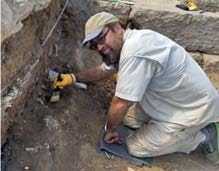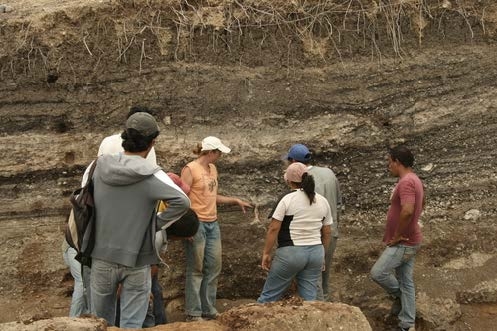Friday Seminar: "Bunking with the 24th Infantry: The Material Lives of Black Soldiers at Fort Davis, Texas, 1867-1878"
Submitted by mswanson on August 15, 2016 - 12:51pmSpeaker: Dr. Laurie Wilkie, UC Berkeley
While the black regulars (otherwise known as Buffalo Soldiers) have been a compelling subject in popular culture, scholarly study into the lives of the African American men who chose to serve in the frontier military has been comparatively sporadic and unsustained.



 Ancient Sinop was the crossroads of the ancient Black Sea, which has been itself described by the distinguished historian Georges Bratianu as the "Turntable of Eurasia."
Ancient Sinop was the crossroads of the ancient Black Sea, which has been itself described by the distinguished historian Georges Bratianu as the "Turntable of Eurasia."